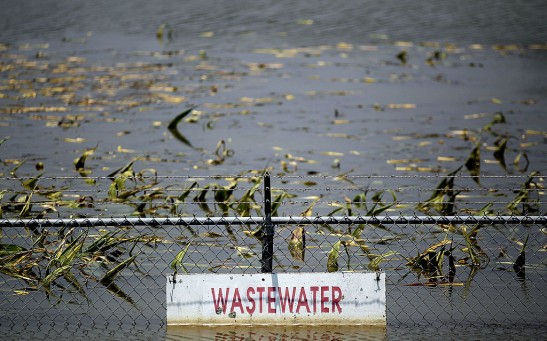Plastic Waste

Microplastic Consumption Across 109 Countries Revealed Through a Map; Which Area Ingests Plastic Waste the Most?

Plastic-Eating Fungus Found by Scientists on Great Pacific Garbage Patch Feasting on Plastic Trash
Plastic Waste Can Be Converted Into Raw Materials for Detergents Using Improved Catalytic Methods

Plastic Rubbish Turned Into Rugs and Mats As Syrians Make a Living Amidst War Conflicts
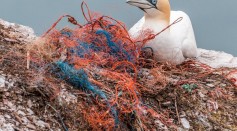
Online Project Birds and Debris Reveals that Plastic Waste Harms the Avian Species Globally
Wax Worm Saliva May Break Down Synthetic Material Helping With Plastic Waste Treatment, Recycling
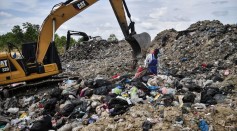
Plastic Pollution Costs the Nation Billions of Dollars; Will a New Recycling Technology Divert Some of the Waste from Landfills?

Less-Toxic Approach to Eliminate Microplastics in Drinking and Wastewater Developed Through Okra
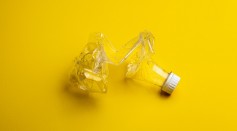
New Eco-Friendly Plastic Degrades on Sunlight and Oxygen in Just One Week Developed by Experts
16-Kilogram Plastic Waste Found Inside Dead Whale’s Stomach; Environmentalists Express ‘Anger’ Over Discovery

Track Marine Litter Anywhere in the World With This New Interactive Website
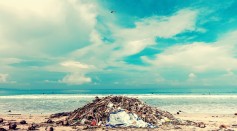
Is Ocean Pollution a Danger to Human Health? Experts Weigh In
Hacks: How a Chemical Engineer is Promoting Sustainability with Plastic
Calling Card for the Future: Plastic Waste Found at Iron Age Site
Most Popular

How Technology Is Changing the Real Estate Industry?

How a Plant-Based Diet Can Protect Against Breast Cancer: Insights from Nutrition Research

Study Reveals High Turnover in Scientific Research Careers: What This Means for Future Scientists

Why It's So Difficult to Lose Weight: The Biological Explanation Behind Obesity

